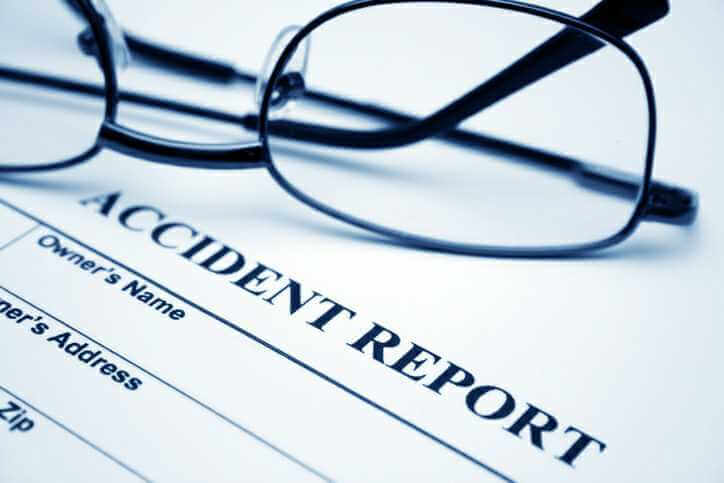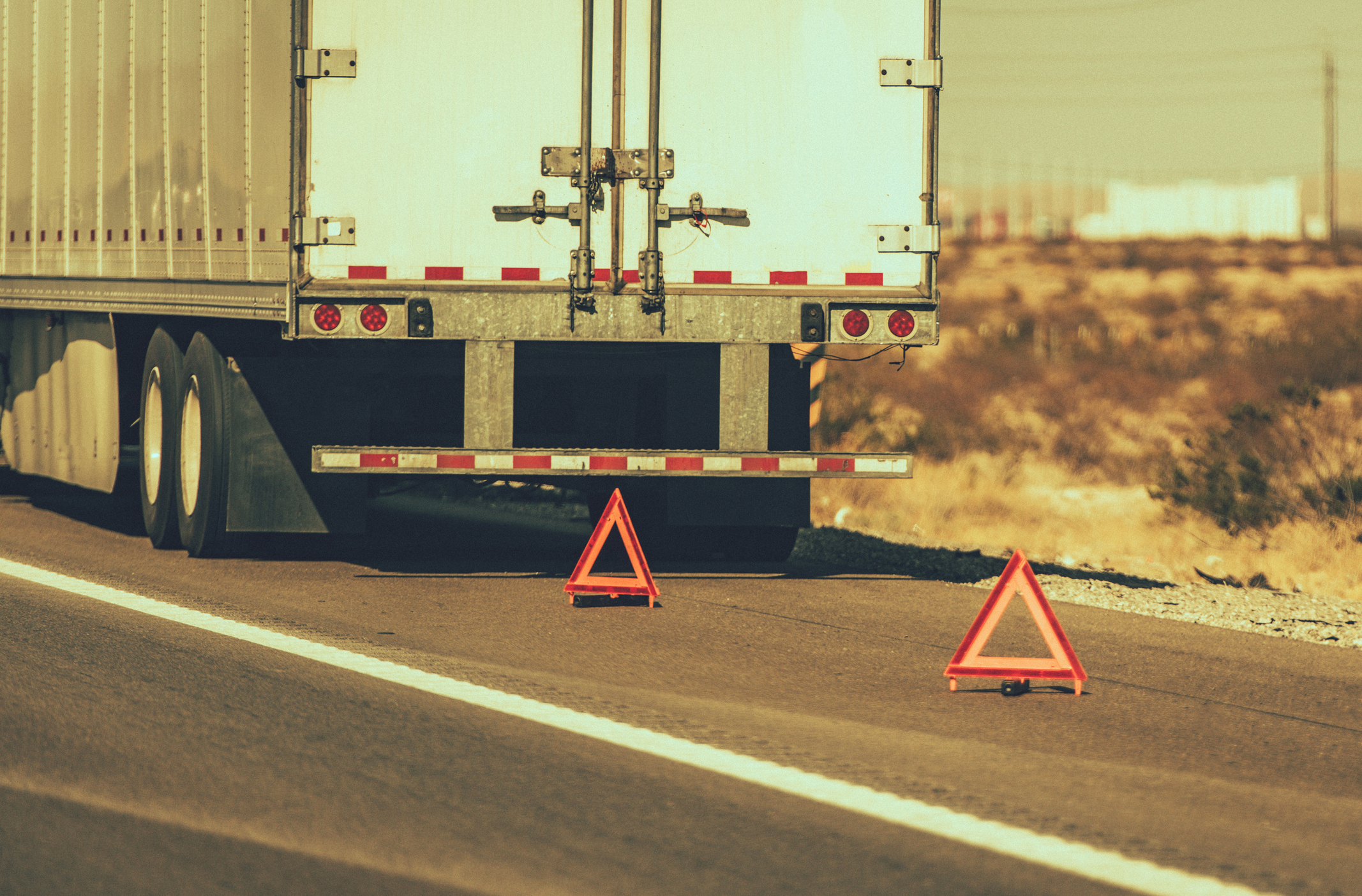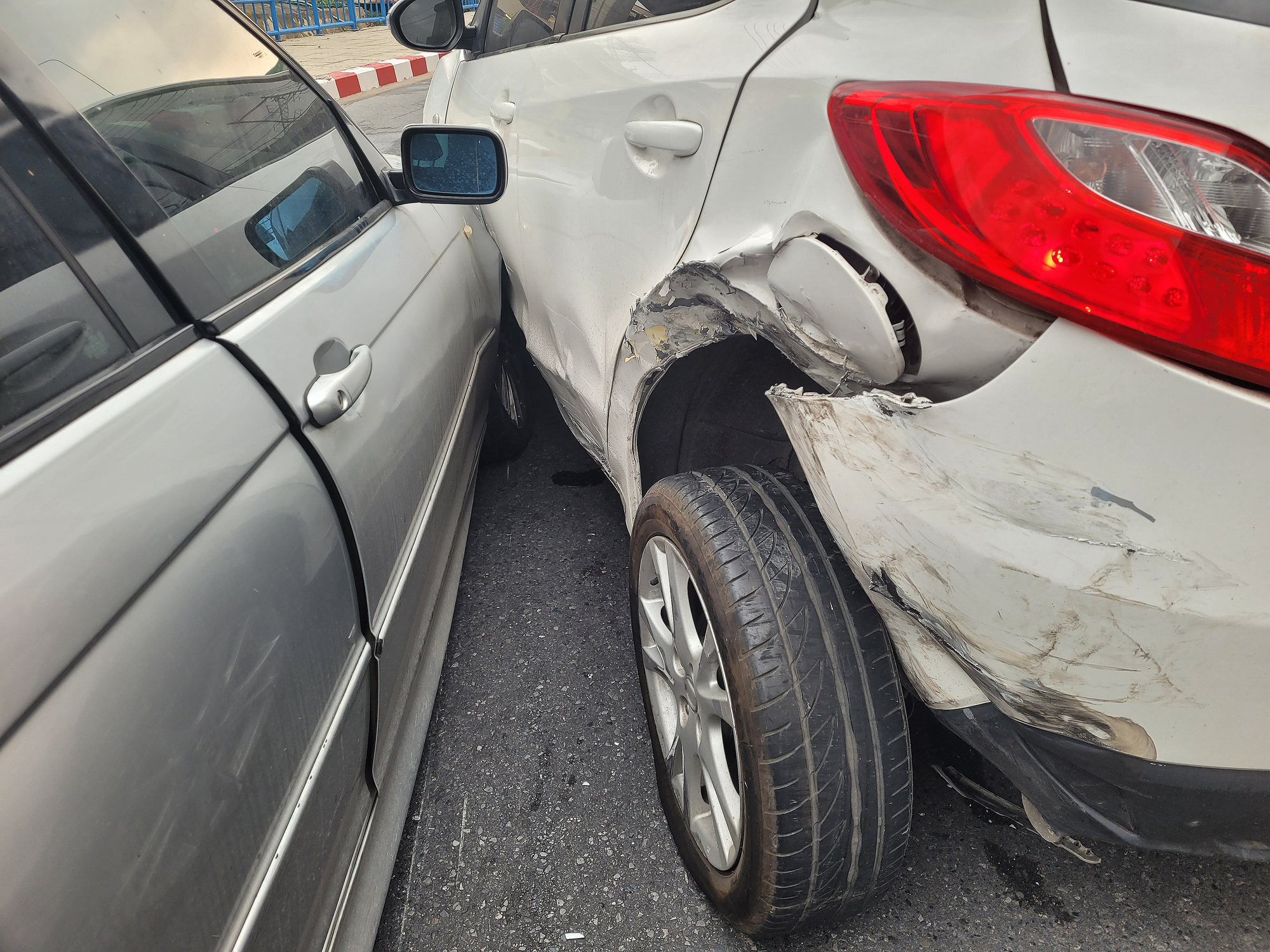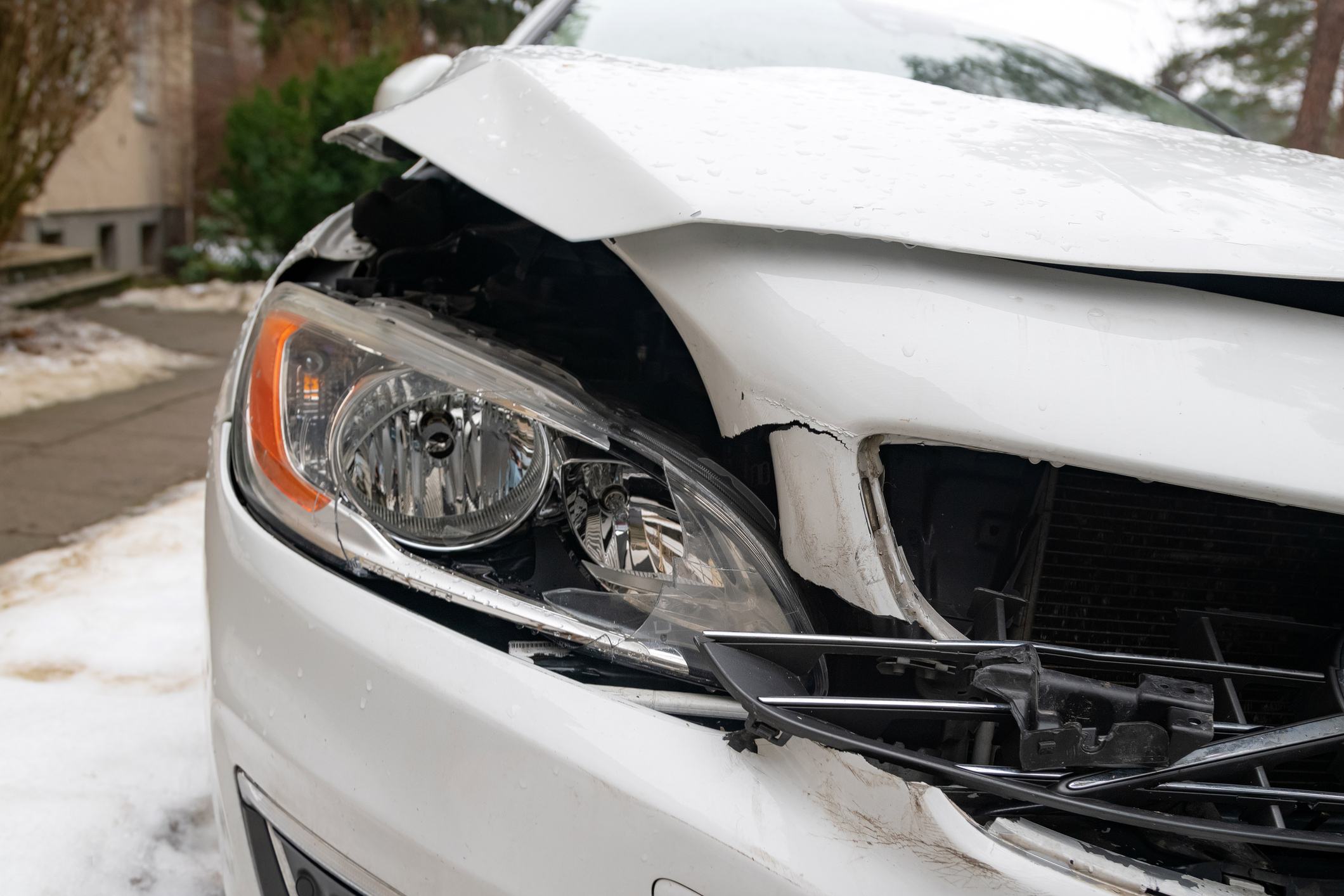When the police respond to a crash, they conduct a comprehensive investigation and document the details in a five-page car accident report. Your Kansas car accident report is a critical piece of evidence when pursuing a claim. It can provide non-biased details pertaining to how your crash occurred.
Sometimes, the police make errors when filling out these reports. That’s why it’s important that you always review your car accident report to ensure that all information is accurate. Here’s what you’ll find in your report.
How to read your Kansas car accident report
Page 1 — basic information
The first page on your Kansas car accident report will contain the basic information pertaining to your crash. This includes:
Top section:
- The department and officer(s) who investigated your crash
- Date, time, location, and road type where the crash occurred
- If the crash resulted in a fatality, injury or property damage only
- Vehicles involved and the names and contact information of the owners
- If the crash occurred in a work zone
Bottom section:
- Conditions at the time of the crash (lighting, weather, surface type, and surface conditions)
- Crash location (intersection or non-intersection), intersection type, and road features
- Type of crash (for example, a collision with another car, pedestrian, bicyclists or fixed object)
- If a fixed object was hit
- What traffic controls were present at the time of the crash (if any)
Page 2 — the crash diagram
The second page of your report will include an illustrated diagram of how the police believed your crash occurred. The diagram will include:
- The direction both cars were traveling and/or positioned at the time of the crash
- Any intersections that were involved (both signalized and non-signalized)
- Where damage occurred on both cars
- Skid marks in the road
Page 3 — violations and passengers
- The top section of page three will include violations charged or citations issued by police
- The middle part will include information on whether a car driver or commercial truck driver was in compliance with the law. This includes:
- Driver’s license compliance
- Alcohol or drug impairment by type (including roadside tests that were given)
- The bottom section will include the names and contact information of up to four passengers
Page 4 — occupants, vehicle type, and damage location
Page four of your report will include additional information pertaining to your crash. This includes:
- Car and owner information, including contact information and insurance information
- Whether a car was stolen, towed, driverless, legally parked or the crash was a hit-and-run
- Types of vehicles involved (for example, car, motorcycle, or truck, etc.)
- What each car was used for at the time of the crash (for example, taxi, police, military, or ambulance etc.)
- Whether a car was disabled or still functional after the crash
- Where damage occurred on each car
- The sequence of events that led to the crash
Page 5 — the written narrative
This is where the investigating officer will provide a detailed, written narrative as to how he or she believed the crash occurred and who was at fault. This section will also include statements made by witnesses.
Click here for a visual reference to your five-page car accident report.
How to obtain your Kansas car accident report
You may obtain a copy of your Kansas car accident report online for a fee by visiting the Kansas Highway Patrol website. An experienced Kansas car accident attorney can also obtain a copy of your report. It’s absolutely critical that you review the details documented in your report. If anything is not documented accurately, the insurance company that represents the other driver can leverage it against your claim.
If any information is inaccurate, an attorney at Bretz & Young will work to fix it. We’ll also launch our own investigation to gather the evidence needed to support your claim and maximize your compensation.
Contact us online to schedule your free legal consultation.





